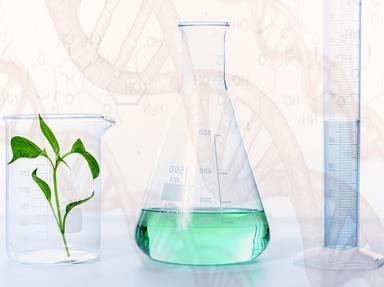Quiz Answer Key and Fun Facts
1. Molecular fluorine reacts with water. What are the resulting gaseous compounds?
1. oxygen 2. HF 3. HOF 4. (HF)2
2. Caro's acid contains sulphur, oxygen and hydrogen. What is its chemical formula?
3. At very low temperature (close to 0 K), liquid helium almost reaches 0 viscosity.
4. There are some molybdenum compounds that contain quadruple chemical bonds.
5. Wet air is heavier than dry air.
6. Naphthalene can accept one electron to form an anion.
7. Which of the following compounds does NOT exist?
8. Silver can react with concentrated HCl+HBr solution, but it can not react with concentrated NaCN+NaOH solution.
9. Which of the following is an ionic compound ?
10. Carbon dioxide is more soluble in a solution containing 3% chlorine, than in a solution containing 3 % iodine.
Source: Author
and762
This quiz was reviewed by FunTrivia editor
crisw before going online.
Any errors found in FunTrivia content are routinely corrected through our feedback system.

